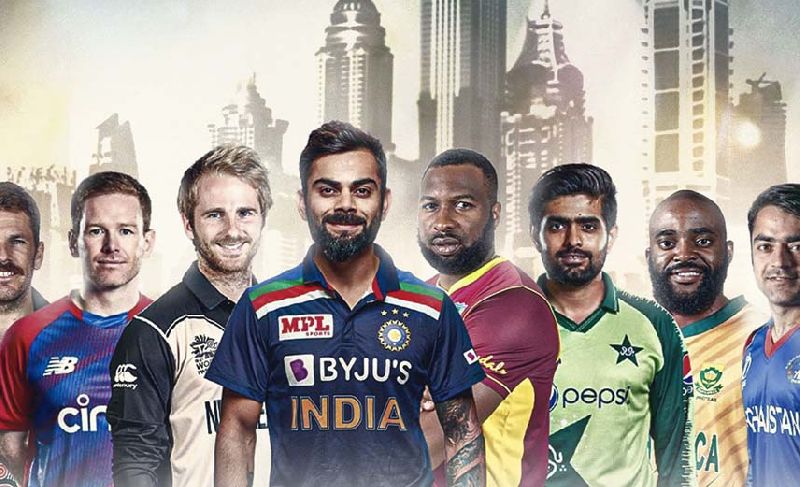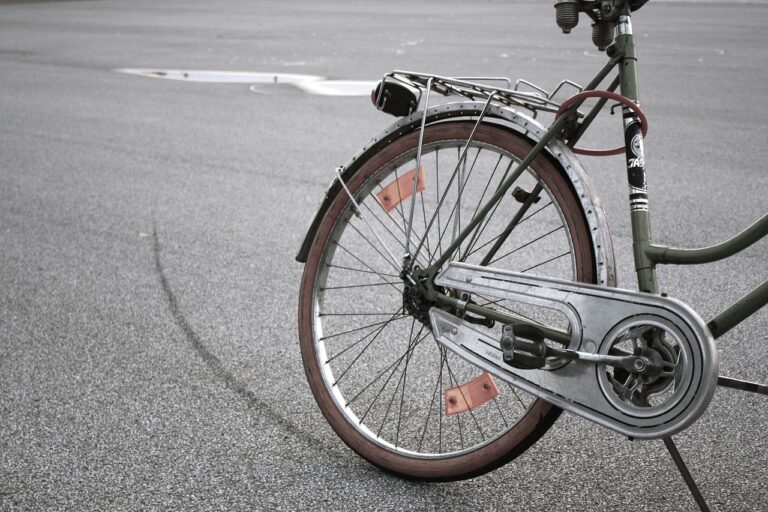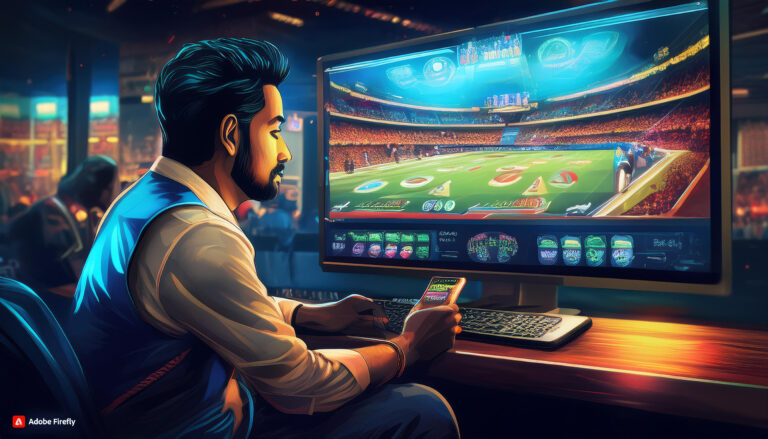Laser247: Fashion as Protest: Using Clothing to Advocate for Social and Political Change
Laser Book, Laser247: Fashion has long served as a powerful tool for individuals and groups to express their dissent and advocate for change. In the 19th century, the bloomer costume became a symbol of the women’s rights movement, challenging the restrictive norms of Victorian dress by offering women a more practical and comfortable alternative. By rejecting the constraining corsets and voluminous skirts of the time, women who wore the bloomer costume were making a statement about autonomy and equality.
Similarly, during the Civil Rights Movement of the 1960s, African American activists embraced Afrocentric clothing styles as a way to reclaim their cultural identity and challenge the prevailing standards of beauty rooted in Eurocentric ideals. The adoption of traditional African garments and natural hairstyles became a form of resistance against the systemic racism and discrimination faced by the Black community, empowering individuals and fostering a sense of pride in their heritage. These historical examples illustrate the transformative power of fashion in driving social and political change.
Impact of clothing choices on social movements
Clothing choices have long been integral to the success and visibility of social movements. From suffragettes donning white during marches to symbolize purity and unity, to the Black Panthers wearing black leather jackets to project strength and solidarity, fashion has consistently served as a powerful tool for conveying a group’s message and values.
The significance of clothing extends beyond mere aesthetics; it functions as a form of silent protest, speaking volumes without the need for words. In the Civil Rights Movement, African Americans wore their Sunday best to demonstrations as a means of asserting their dignity and demanding equality. By strategically selecting their attire, activists have been able to challenge authority, inspire solidarity, and effect change in society.
How fashion can challenge societal norms and expectations
Fashion has long been a powerful tool for challenging societal norms and expectations. Throughout history, individuals and groups have used clothing as a form of expression and resistance against oppressive norms. By defying conventions and embracing unconventional styles, people have been able to spark important conversations and push for change.
One notable example is the emergence of the punk subculture in the 1970s. With their ripped clothing, provocative accessories, and bold hairstyles, punks rejected mainstream fashion in favor of a style that reflected their anti-establishment beliefs. This subversive fashion statement not only challenged traditional norms of dress but also served as a visual symbol of rebellion and social dissent.
• The punk subculture in the 1970s used ripped clothing, provocative accessories, and bold hairstyles to reject mainstream fashion
• Their anti-establishment beliefs were reflected in their unconventional style
• This fashion statement served as a visual symbol of rebellion and social dissent
Can fashion really challenge societal norms and expectations?
Yes, fashion has a long history of challenging societal norms and expectations. It can be a powerful form of protest and expression.
How have historical examples shown fashion as a form of protest?
Throughout history, fashion has been used to challenge societal norms. For example, in the 1920s, women’s fashion became more liberating with shorter hemlines and looser silhouettes, challenging traditional ideas of femininity.
How do clothing choices impact social movements?
Clothing choices can play a significant role in social movements by visually representing the values and beliefs of a group. For example, activists may wear certain colors or symbols to show solidarity and unity.
In what ways can fashion challenge societal norms and expectations?
Fashion can challenge societal norms and expectations by pushing boundaries, promoting inclusivity, and advocating for change. Designers and individuals can use clothing to make bold statements and spark important conversations.







